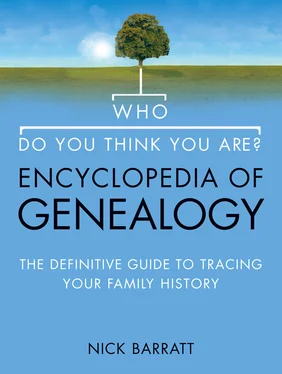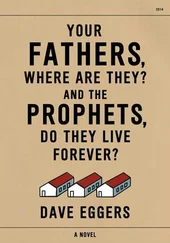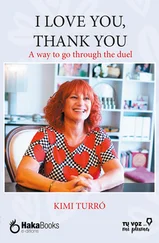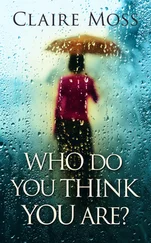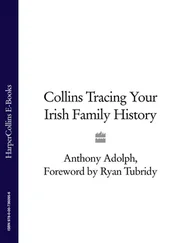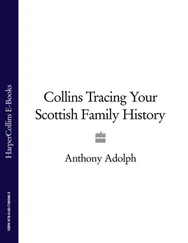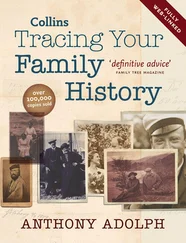As mentioned above, it was the duty of the local superintendent registrar to forward the information to the Registrar General in London. Therefore there are two sets of records: the original records held at the local registrar’s office and the copies held by the Registrar General. Once the records arrived at the Registrar General’s office in London, clerks would reorganize them. They made alphabetical indexes for the certificates, broken down on a quarterly basis. Currently, the general public has no legal right to view the original certificates held locally but only the copies held by the Registrar General, though you can order duplicate copies of the original records from local register offices. The records of the Registrar General for England and Wales are now in the General Register Office (GRO), which is a department of the Office of National Statistics, and duplicates can also be ordered online at www.gro.gov.uk. Separate arrangements exist for Scotland and Ireland, and are discussed later in this chapter.
What Do the Certificates Contain?
Birth Certificates
Birth certificates are the official record of the individual’s place and date of birth. As mentioned, each birth had to be recorded within six weeks of the event, although this would not always happen, particularly if the family were travelling at the time of the birth, and waited to register it until they returned home.
The GRO birth indexes include all of England and Wales. Each entry is entered in alphabetical order, annually and then in the relevant quarter – March, June, September, December. All births registered between 1 January and 31 March are included in the March quarter; between 1 April and 30 June in the June quarter; between 1 July and 30 September in the September quarter; and between 1 October and 31 December in the December quarter. After 1984 the registers are arranged annually and not on a quarterly basis. An appropriate index reference number is also provided, which is the key piece of information needed to order the certificate. From the September quarter of 1911 the maiden name of the mother was also included in the index entry.
The actual certificates provide the following information:
• Where and when born: The precise date and location of the birth; if the exact time is given it signifies that it was a multiple birth (possibly twins or triplets). In this case you may wish to search for the other sibling(s), who should have the same surname and registration reference.
• Name (if any): This should be the full name given, including any middle names (the index will only give the initials of any middle names given). Some parents would change the name (this was allowed up to one year following registration). In such a scenario both the original and the altered name should appear. Sometimes a birth would be registered even though no first name had been chosen. This explains the ‘if any’ in brackets on the certificate. In the indexes there are also entries at the end of surnames for ‘male’ or ‘female’, used when the first name had yet to be decided.
• Name and surname of the father: The full name of the father.
• Name and maiden surname of the mother: The full name of the mother, including her ‘former’ (maiden) name; this last piece of information is particularly useful when trying to trace the maternal line further back. You may also find evidence of a prior divorce in this section too.
• Rank and profession of father: This provides the occupation of the father. This is a good genealogical clue, determining the social status of your ancestor. You may also be able to use this piece of information to search for employment records for your ancestor. Bear in mind, however, it would not be that uncommon for people to ‘inflate’ the status of their occupation.
• Signature, description and residence of informant: This is the individual who registered the birth. In most cases it would be the father, but not always. Sometimes there is a mark instead of a signature, indicating the informant was illiterate.
• When registered: The date the birth was officially registered; don’t forget, this could be up to six weeks after the actual birth, so if you think your ancestor was born in late March, June, September or December and can’t find an entry in the relevant quarter, it might be worth checking the indexes for the following quarter too.
• Signature of registrar: The name and signature of the registrar.
Birth certificates
Bill Oddie’s story was one of the most poignant told on Who Do You Think You Are? as he wished to investigate the background to his mother’s ill health and rumours that he had a sister. The story of his missing sister was quickly established by tracking down his parents’ marriage certificate of 1938, establishing Bill’s mother’s maiden name (Clegg) and looking in the national GRO indexes for the birth of any children with the surname Oddie, mother’s maiden name Clegg, in the Rochdale area, where the family lived at the time .
A fairly quick search revealed that a Margaret J. Oddie, mother’s maiden name Clegg, was born in the March quarter of 1940. On ordering the certificate (above, left), her parents were listed as Harry Oddie and Lilian Oddie, née Clegg – the same as Bill’s. This therefore was his missing sister, and a further search of the death indexes showed that she had died as an infant the same quarter, explaining why Bill never knew about her existence .
A marriage certificate is the official record of when and where a marriage took place, in addition to the record that would have been compiled in the relevant religious institution (a parish register, for example; these have been kept since the sixteenth century, and continue to be compiled today – see Chapter 7for more details). They are a particularly rich source for the genealogical researcher as they give lots of clues for various ancestors. As mentioned above, from 1837 onwards, marriages of individuals of the Church of England, along with Jews and Quakers (where buildings were licensed to hold marriages), were recorded by the priest or responsible clerk and sent to the General Registrar’s Office in London. For other non-conformists, the local registrar recorded the marriage. This requirement was relaxed in 1898 and an ‘authorized person’ from other religious denominations could also record this information and send it forward to the appropriate bodies.
It is important to remember the age of consent before conducting a marriage search. In 1929 it was raised to 16 years for England, Wales, Scotland and Northern Ireland. Prior to this it had been 14 for boys and 12 for girls. In the Republic of Ireland the age of consent was only raised to 16 in 1975, having been kept at the ages of 14 for boys and 12 for girls until then. It’s worth bearing these ages in mind when searching for marriage certificates, making sure you search back far enough. The age of consent, however, differs from the legal age at which people could marry without parental consent, and in England and Wales this was 21 until 1969, after which it was reduced to 18 – though in Scotland it is as low as 16.
The GRO indexes include an entry for both the bride and the groom. If you know the names of both parties who were married it is advisable to search for the least common surname. The registers are arranged annually and then on a quarterly basis. They are then indexed alphabetically by the surname and then forename of the bride and groom. From the March quarter of 1912 the surname of the spouse is also given. Lastly there will be a numerical reference for the marriage.
Читать дальше
